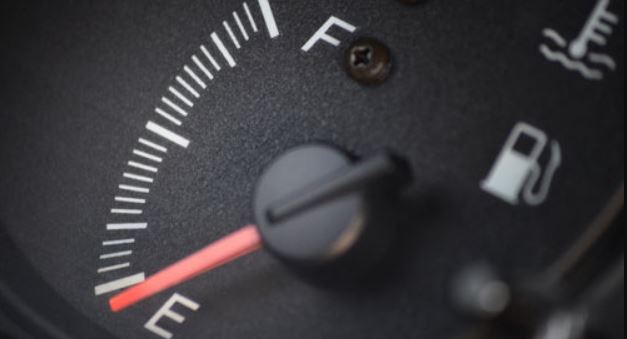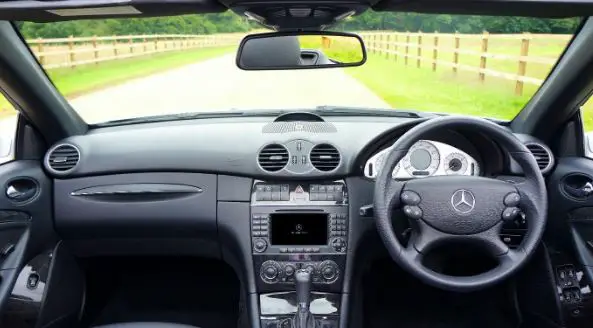How far can you drive on 0 miles to empty? This is a question that has been puzzling drivers for years. The answer, it turns out, is not as straightforward as you might think. Depending on your car and your driving habits, you may be able to get a few more miles out of your tank before you have to pull over and refuel.
Or, you might end up stranded on the side of the road. In this blog post, we will explore how far you can drive on 0 miles to empty and what factors influence this number.
How Does A Range Indicator Work?
The car’s range indicator is one of the most important features that help you stay aware of your car’s fuel level. It uses a variety of calculations to estimate the distance you can travel on the remaining fuel. The specific calculations may vary depending on the type of vehicle, but they all work to give you a general idea of how much fuel you have left.
One of the main calculations that the range indicator uses is your car’s average fuel economy. This number can be affected by a variety of factors, including your driving habits, the type of terrain you’re driving on, and even the weather conditions.
The range indicator takes all of these factors into account to give you the most accurate estimate possible.
Another important calculation that the range indicator uses is the amount of fuel remaining in your tank. This number is constantly changing as you use up fuel, so it’s important to keep an eye on it. The range indicator takes this number into account and compares it to your average fuel economy to give you an accurate estimate of how far you can go on your remaining fuel.
By taking all of these factors into account, the car’s range indicator can give you a good idea of how much fuel you have left and how far you can travel on it. It’s a valuable tool that can help you avoid running out of gas unexpectedly.
How Accurate Is A Cars Range Indicator?
The fuel range indicator is a very useful tool on a car, and it is generally quite accurate. However, there are a few factors that can affect its accuracy. One of the main factors is the car’s fuel tank size. If the fuel tank is smaller, the indicator will be less accurate. Another factor that can affect the accuracy of the fuel range indicator is the type of driving that you are doing.
If you are driving in stop-and-go traffic, or if you are going up and down hills, your car will use more fuel and the indicator will be less accurate. Finally, weather conditions can also affect the accuracy of the fuel range indicator. If it is cold outside, your car will use more fuel and the indicator will be less accurate.
How Far Can You Drive On 0 Miles To Empty?
According to most carmakers, you can usually drive for another 50-75 miles after your fuel range indicator hits 0. So if you’re driving on the highway and your fuel gauge hits 0, you still have enough gas to get to the next exit or rest stop.
However, it’s important to note that this number will vary depending on the make and model of your car. For example, luxury cars with larger engines will have a lower range when their fuel gauge hits 0 because they use more gas per mile
If your fuel range indicator is showing 0 miles left, you may still have some fuel in your tank. However, it is not recommended to continue driving on empty. It is best to find a gas station as soon as possible.
Running out of gas can cause your car to stall and leave you stranded. Additionally, it can damage your fuel pump if you continue to drive on empty. If you do find yourself running out of gas, try to coast to a stop and turn off your engine until you can get more gas. Do not try to restart your car until you have at least a gallon of gas in the tank. Otherwise, you risk damaging your engine.
Tips For Reducing Fuel Consumption If You Are Running Low On Gas
If you’re running low on gas, don’t panic. There are a few things you can do to reduce your car’s fuel consumption and make sure you reach the next gas station.
If you’re driving and realize you’re about to run out of fuel, there are a few things you can do to reduce your fuel consumption and make it to the next gas station.
- First, if you have cruise control, use it. Maintaining a consistent speed will help keep your engine from working too hard and using too much fuel.
- Second, avoid using any unnecessary electronics in your car like the air conditioner, heated seats, or radio. These all require energy from the engine which uses more fuel.
- Finally, if you’re stuck in traffic or idling for long periods of time, turn off your engine. It may be uncomfortable in the heat or cold but it will save you a lot of gas.
By following these tips, you can make it to the next gas station without running out of fuel.
If I Run Out Of Fuel And Stop, What Should I Do?
If you’re driving and your car starts to sputter, don’t panic. The first thing you should do is pull over to the side of the road. Once you’re safely off the road, turn on your hazard lights so that other drivers will know to be cautious around you.
Now would also be a good time to call for help, whether that’s a tow truck or a friend with a gas can. And if all else fails, remember that you can always push your car until you find a gas station. Just be careful not to overdo it – no one wants an injury on top of being stranded! Whatever you do, stay calm and remember that help is always available. You’ll be back on the road in no time
Go Home









